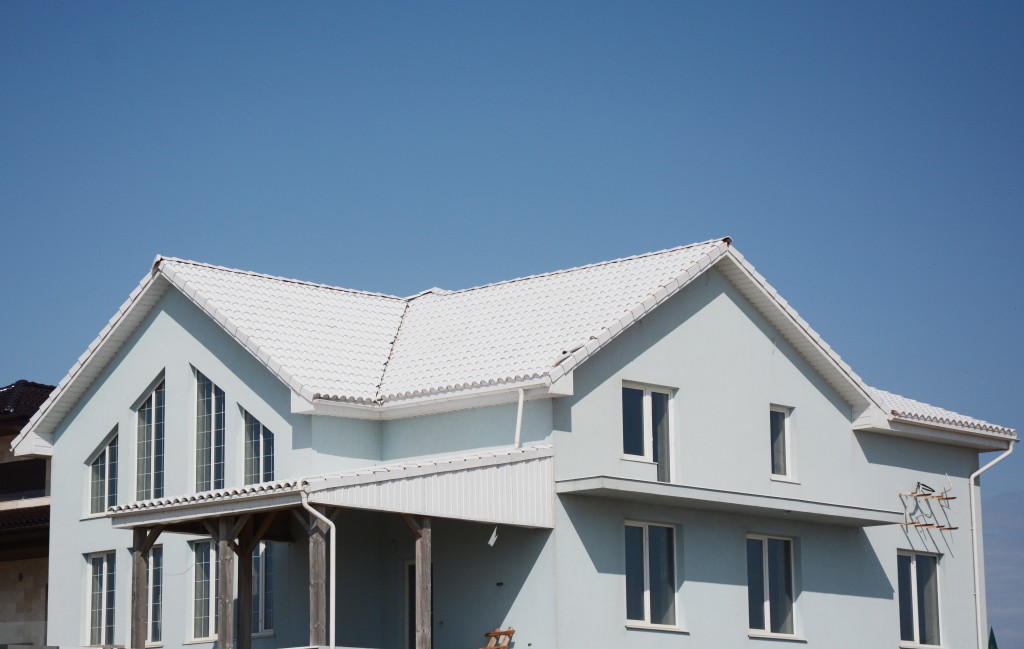With a good majority of the climate in the United States being temperate, most residents will experience shifts in weather conditions all year-round. That also means that temperatures can fluctuate from freezing to unbearably hot. Although most roofers are focused on protecting their roof and home during winter, regulating your home’s overall temperature during hot seasons should be an equal priority.
Since our roofs will need to endure much of the natural elements, it’s only logical that it’s designed to handle extreme temperatures at both ends of the spectrum. During summer, your roof should be able to dissipate heat efficiently and reflect off sunlight. While in winter, your roof should be able to insulate your home while retaining heat effectively. Although this seems like a tall order, it is possible.
Why Choose Cool Roofing?
Right off the bat, cool roofing doesn’t necessarily mean that your roof is explicitly designed for warm weather conditions. Instead, cool roofing is an excellent way of making your roof versatile to both warm and cold climates.
- Lowers overall temperature — Cool roofing is designed to endure prolonged exposure to sunlight, droughts, and high heat levels. By effectively incorporating reflective materials and light-colored paint, it’s easier to decrease your roof’s ambient temperature.
- Decreases annual maintenance — It might seem like an added cost to use roofing materials that are explicitly designed for your roof, but you’ll be able to save more. The majority of these building materials will usually require little to no maintenance throughout most of the year. By lowering your roof’s maintenance cost, you’ll save more for other more pressing concerns.
- Saves energy spending — Lowering your home’s temperature means less time needed to cool your home with your HVAC system. Less air conditioning during warmer seasons means that you’ll save more monthly. Contractors and expert roofers would say that using light-colored and reflective roofing can decrease energy consumption by making your home 50 to 60 degrees cooler.
- Ambient heat level Index decreases — Not only does having cool roofing lower temperature inside your home, but it can also lower the temperature of your surroundings. Having an ambient impact on your surroundings means that there’s less heat. That is ideal if you’re living in a densely-packed urban area or growing plants in your garden.
While cool roofing might help lower your home’s overall temperature, this does not necessarily mean that it can stop insects that thrive in warm weather conditions from residing in your home. Under certain circumstances, mosquitoes, termites, and other pests can still get inside your home. If you see any telltale signs of pests in your area, you might have to consider calling in home pest control services. Pests can cause structural damages and even carry diseases.
Cooling Your Roof

When it comes to your home’s overall temperature, your roof will play a key role in absorbing or deflecting heat. While countless different factors come into play, they all boil down to two main factors: Reflective intensity and Heat Dissipation.
- Reflective Intensity — Sometimes, this is referred to as solar reflectivity. Naturally, particular paint, coating, and roofing materials can help deflect off sunlight, which is the primary source of incoming heat. Certain reflective materials can reflect off more than 50% of solar energy, which makes it easier to cool off your building. If we compare this to standard roofing materials, such as dark asphalt shingles, they can only absorb an average of 10% of the total energy.
- Heat Dissipation — This measures the roof’s ability to transfer absorbed heat to colder ambient temperatures outside your home. Most of the time, high heat dissipation ratings means that heat does not build up inside the roof’s interiors. Usually, the standard of measurement would be from 0% to 100%.
Solar Reflectance Index
Suppose we’re going to combine both factors. In that case, we get the Solar Reflectance Index (SRI), which is mainly used to determine your roof’s overall ability to reflect off sunlight and heat dissipation efficiency. Just like heat dissipation, this is measured from 0% to 100%.
0% means that no sunlight will reflect off your roof, while a 100% rating means that sunlight is effectively reflected off your roof.
Roofing Materials for Warm Weather Conditions
There are a wide variety of roofing materials that work well with warm weather conditions. For now, we’ll be dividing roofing materials into two categories, first are the roofing materials that are used for low-pitched rooftops, and high-pitched roofing, which is generally used for your conventional gable-shaped roof.
Low-Pitched Roofing
Here is low-pitched roofing that’s an excellent choice for cooling commercial establishments:
- Built-up Roofing
- Modified Bitumen
- Single-ply Membrane
- Coated Roofing
High-pitched Roofing
Generally speaking, there is a multitude of high-pitched roofing materials that’s great for cooling your home. But the best candidates are:
- Light-colored asphalt shingles — 30% SRI
- Metal roofing — 70% SRI
- Tiles — 50% SRI
Overall, cool roofing materials can keep your home cool on a hot summer day. Even if your home is situated in a colder state, it’s still important to prepare for heatwaves and sudden spikes. It might be true that these materials are an added cost to your roofing needs, but in the long-term, you’ll save more when these materials need little to no maintenance.
